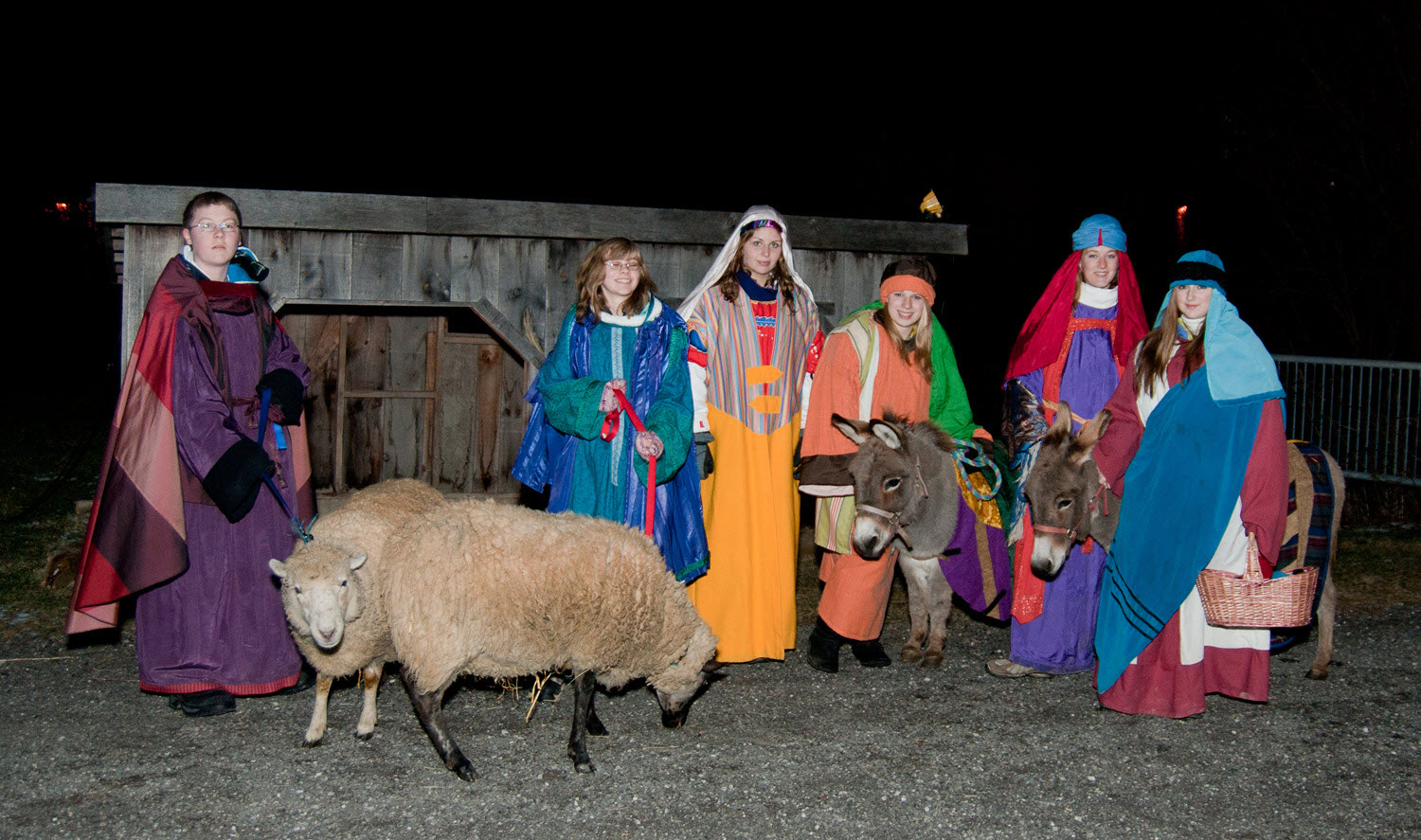
Today, with his Apostolic Letter Rosarium Virginis Mariae ( RVM), 2 in pointing out the spiritual path Christianity must follow after 2,000 years of history in order not to lose the dynamism and freshness of its origins and "to announce", "to shout out" Christ to theworld 3 all the more, John Paul II forcefully reminds us of the importance of the Rosary prayer. In fact, like the liturgy, it is of a community nature, draws its inspiration from Sacred Scripture and is oriented towards the mystery of Christ" ( ibid.).Therefore, although at different levels, the anamnesis of the liturgy and the contemplative commemoration of the Rosary treat the same saving events. The Rosary, in fact, is "a practice of piety which easily harmonizes with the liturgy. Indeed, the Rosary has deep connections with liturgical prayer: "in the light of the principles of the Constitution Sacrosanctum Concilium.Liturgical celebrations and the pious practice of the Rosary must be neither set in opposition to one another nor considered as being identical" ( MC, n. In contemporary thought, the relation between the Liturgy and the Rosary is more sharply defined. a prayer with a clearly Christological orientation" ( MC, n.

Among the forms of Christian prayer, the Rosary of Mary has grown more and more important, as Paul VI's Apostolic Exhortation Marialis Cultus ( MC) (2 February 1974) 1 testifies, describing it as "Gospel prayer, centred on the mystery of the redemptive Incarnation. Secretary of the Pontifical Academy of Theologyįrom the ‘mysteries’ to the ‘Mystery of Christ’Įvery authentic form of Christian prayer must always focus on the "mysteries of Christ" and must never be totally separated from its "liturgical anamnesis". REFLECTIONS ON ROSARIUM VIRGINIS MARIAE – 8


 0 kommentar(er)
0 kommentar(er)
